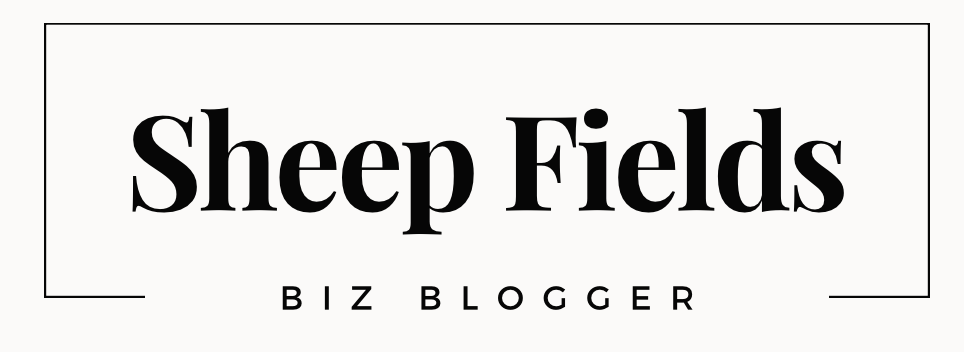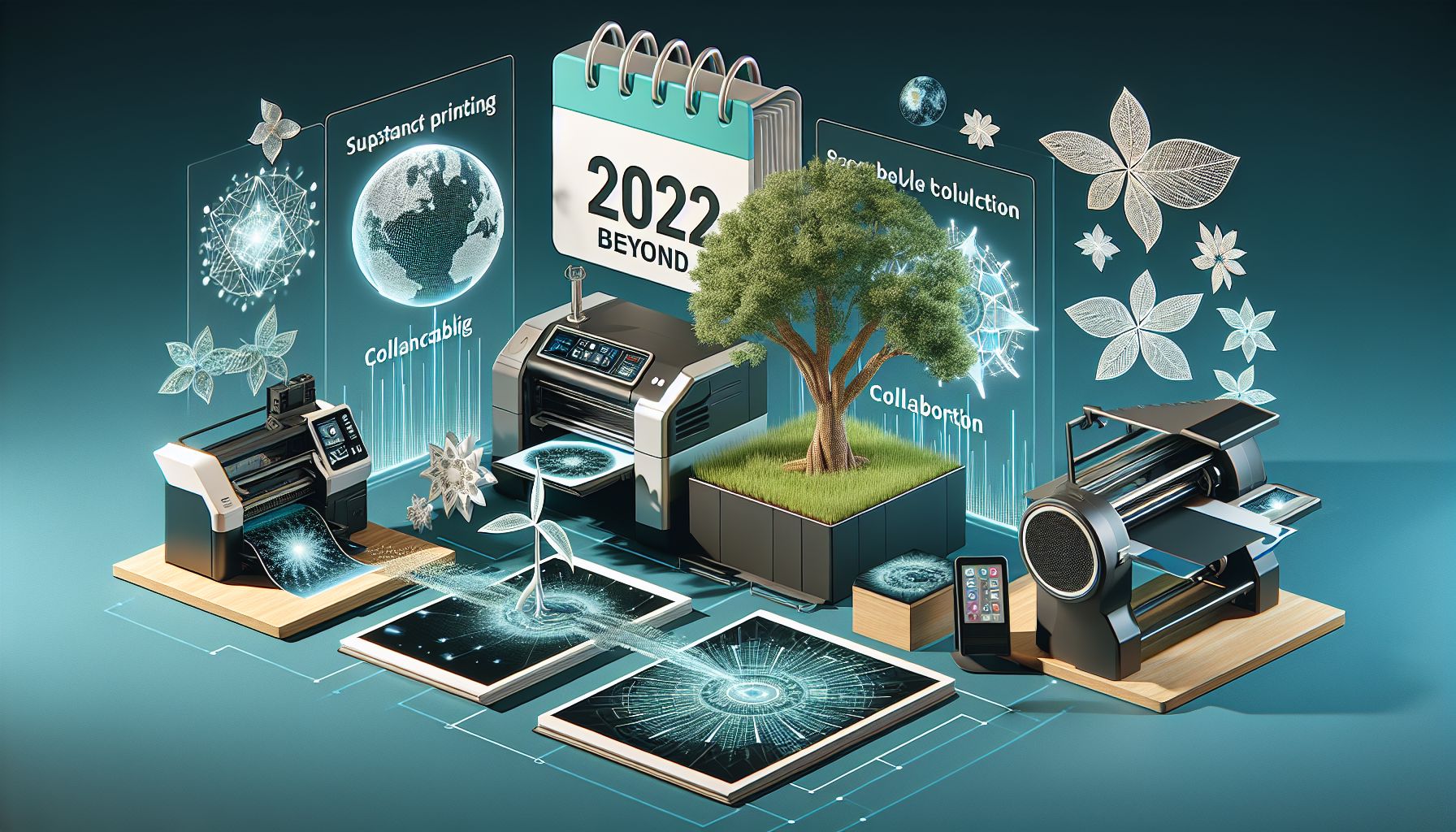The printing industry has undergone significant transformations over the years, adapting to the ever-changing digital landscape. With advancements in technology and the shift towards sustainable practices, the future of the printing industry looks promising. In this article, we will explore the top printing industry trends that are expected to shape the sector in 2022 and beyond.
Introduction
Printing has long been an integral part of various industries, including advertising, publishing, packaging, and more. However, the advent of digital media has posed challenges to traditional printing practices. Despite this, the printing industry has managed to evolve and find its niche in the modern world. In recent years, several trends have emerged that are reshaping the printing landscape and driving innovation across the sector.
The Rise of Digital Printing
Digital printing has revolutionized the printing industry, offering numerous benefits over traditional offset printing. With digital printing, businesses can produce high-quality prints with faster turnaround times and greater cost efficiency. This trend has been gaining momentum as more companies realize the advantages of on-demand printing and personalized marketing materials. In 2022, digital printing is expected to witness further growth, driven by advancements in technology and increased customer demands for customization.
Customization and Personalization
In an age where personalized experiences are highly valued, printing companies are focusing on offering tailored solutions to their clients. From personalized packaging to customized direct mail campaigns, businesses are leveraging the power of data analytics and variable data printing to create highly targeted and engaging print materials. With the ability to incorporate individualized content, images, and designs, printing companies can deliver a more personalized and impactful message to their target audience.
Sustainable Printing Practices
As environmental concerns continue to rise, sustainability has become a key consideration for businesses across all industries. The printing industry is no exception. In recent years, there has been a significant shift towards eco-friendly printing practices. Companies are investing in energy-efficient printing technologies, using recycled or FSC-certified paper, and adopting environmentally friendly inks and coatings. Consumers are increasingly demanding sustainable products, and printing companies that embrace green practices will have a competitive edge in the market.
3D Printing: Expanding Capabilities
While 3D printing is not a new concept, its potential continues to expand. Initially used primarily for prototyping and manufacturing, 3D printing is now being utilized across industries such as healthcare, aerospace, automotive, and consumer goods. The ability to create complex structures and customized designs with various materials has opened up new possibilities for innovation and efficiency. As the technology becomes more accessible and affordable, we can expect to see further growth in the adoption of 3D printing across different sectors.
Augmented Reality: Enhancing Print Experiences
Augmented reality (AR) has been making waves in the printing industry, bridging the gap between digital and physical media. By incorporating AR elements into print materials, such as brochures, catalogs, and packaging, businesses can provide interactive and immersive experiences for their customers. AR-enabled print allows users to scan specific images or codes using their mobile devices, triggering digital content, animations, or even virtual reality experiences. This trend is expected to gain traction as companies look for innovative ways to engage their target audience and differentiate themselves in a crowded market.
Automation and Workflow Integration
Automation is transforming various industries, and the printing sector is no exception. Automated systems and workflows are being implemented to streamline print production processes, reducing costs, and improving efficiency. From prepress to finishing, automation enables faster turnarounds, reduces errors, and allows for increased production capacity. Additionally, the integration of workflows and digitized systems enhances collaboration, reduces manual tasks, and improves overall productivity. With the advancement of artificial intelligence and machine learning, we can expect further automation and integration within the printing industry.
Conclusion
The printing industry continues to evolve as it embraces new technologies, sustainability, and customer-centric approaches. Digital printing, customization, and personalization are driving forces behind the industry’s transformation, enabling businesses to deliver impactful print materials on-demand. At the same time, sustainability practices and the adoption of eco-friendly printing methods are becoming essential for companies looking to meet the rising demand for environmentally conscious products. The integration of 3D printing and augmented reality provides exciting new possibilities for innovation and enhanced customer experiences. With automation and workflow integration, printing companies can streamline processes and improve overall productivity. As we move forward, the printing industry will undoubtedly continue to adapt and thrive in this digital age.

